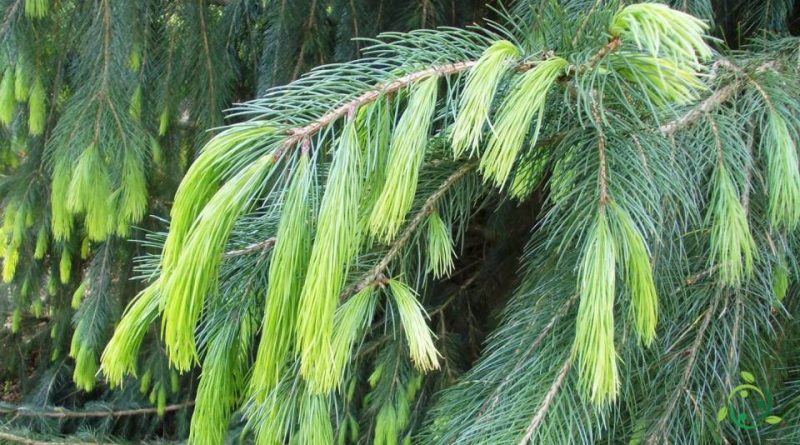How to grow West Himalayan spruce
How to grow West Himalayan spruce
The Morinda spruce or West Himalayan spruce (Picea smithiana (Wall.) Boiss., 1884) is a plant belonging to the Pinaceae family, native to Afghanistan (Hindu Kush), Pakistan (Karakorum and Gilgit-Baltistan), China (Tibet), Nepal and India (Himachal Pradesh, Kashmir and Uttar Pradesh).
This fir native to the Himalayan region, in its areas of origin lives between 2300 and 3600 meters above sea level, in areas characterized by a monsoon climate.
Thanks to its elegant bearing it is a precious ornamental essence, cultivated in historical parks and botanical gardens.
The reproductive structures of this plant are:
– male cones, up to 3 cm long, yellow, inserted into the axilla of the needles;
– purplish-greenish female cones, they become pendulous, first light green and then brown.
Cultivation –
The Picea smithiana is an arboreal species which, thanks to its elegant bearing, is used as an ornamental essence; for this reason it is cultivated in historical parks and botanical gardens and with cultivation needs similar to other fir trees.
It is a beautiful conifer that grows well, preferably, on the slopes, in rather dry areas, with clayey and well-drained soil.
This plant can tolerate strong winds but not of a brackish nature where it struggles to develop in all maritime environments; it also hardly tolerates high concentrations of atmospheric pollution.
The Picea smithiana can reproduce starting from seed, with sowing to be carried out in the autumn period.
Sowing must be carried out at room temperature in a slightly shaded place sheltered from winds, especially brackish ones, in order to provide a sort of natural stratification to the seed.
During the germination period the seedbed must always be kept moist. As soon as the seedlings are manageable, they must be repotted, allowing the seedlings to overwinter in the greenhouse at least for the first winter season.
The Himalayan spruce is a tree that provides good quality and large volume wood, used in the construction industry; it is used in construction in particular for the construction of roofs and interior floors and, in large quantities, for the construction of railway sleepers, after a special treatment to make it resistant to atmospheric agents. Its characteristics of relative lightness and strength make it suitable for the construction of aircraft, in particular gliders. Less wood is currently used in the paper industry. Its long needles, hanging branches and bright green cones make it suitable for ornamental uses; despite this it is not very common in cultivation due to the difficulty of rooting and the slow initial growth, especially in cold climate areas.

